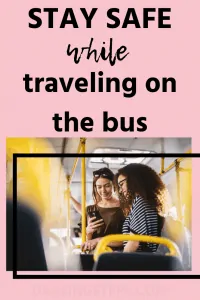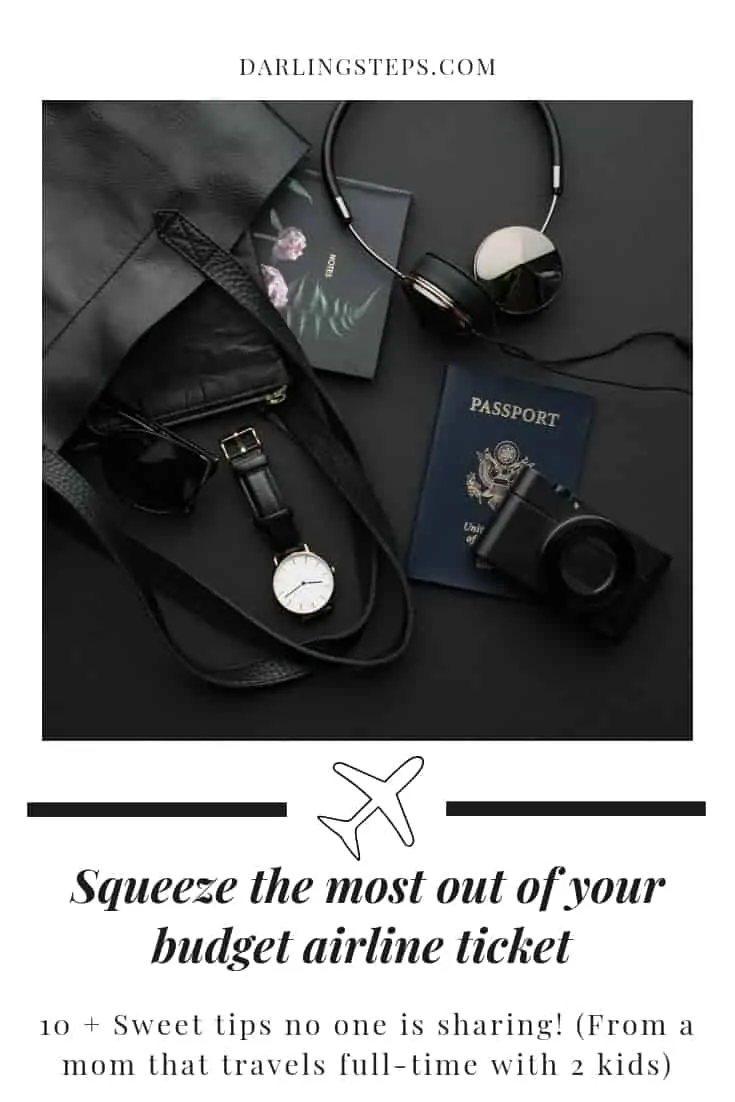stay safe while traveling by bus
How to Stay Safe when Traveling by Bus
More and more people are choosing bus travel as an affordable way to get from point A to point B. Riding the bus means that you don’t have to deal with the stress of being behind the wheel.
Whether your destination is a short trip across town or a longer journey, it’s important to consider the following safety precautions before you even step onboard. Doing so will help to ensure your wellbeing and allow you to have the most pleasant experience possible.
Before You Travel
Before you even purchase a ticket, it’s recommended that you research the safety record of the bus company you’ll be using. These records are available (through the Federal Motor Carrier Safety Administration) for public viewing, and include statistics such as accidents and speeding violations. Taking the time to do this research just might save you frustration down the road.
In regard to luggage, pack light if at all possible. Bus companies each have their own baggage policies, many of which only allow for one small carry-on bag. This means that the rest of your luggage must be stored in a compartment located out of your view. Unfortunately, being separated from your belongings makes it easier for someone else to steal them. The lighter you pack, the more you can carry on with you.
At the Bus Stop or Station
When you arrive at the bus station or stop, try to wait in a well-lighted area. The majority of crimes occur in areas that are dark and deserted. It’s also a good idea to carry a small can of mace, provided it’s legal in your state.
On the Bus
When entering the bus, acquaint yourself with the location of the emergency exits and also the hammer used to break windows, in the event that the emergency exits are blocked.
Some people are very personable and love to meet new people. If this sounds like you, resist the urge to chat with the bus driver. He or she may become distracted, which could then result in an accident.
Make sure to pack a small bottle of hand sanitizer in your carry-on bag. Use each time you touch public surfaces in the interior of the bus, such as the seat in front of you, the bus railing and all surfaces in the bathroom. Certain germs have a long lifespan. The last thing you want to do is to spread them even further.
If you’re going on a long trip and plan to get off the bus at restaurants etc., take note of the bus number in case there are other buses (from the same company) in the parking area. You definitely don’t want to make the mistake of getting the wrong bus.
Riding the bus isn’t the most glamorous mode of transportation. However, it is an affordable and convenient one. Not only that, many bus companies continue to make improvements in regard to passenger comfort.
Taking steps to ensure your safety while riding the bus is up to you. Adhering to the information provided in this article is the first step, and it’s probably much easier to accomplish than you think. The next time you’re in need of transportation, bus travel is definitely worth your consideration.






